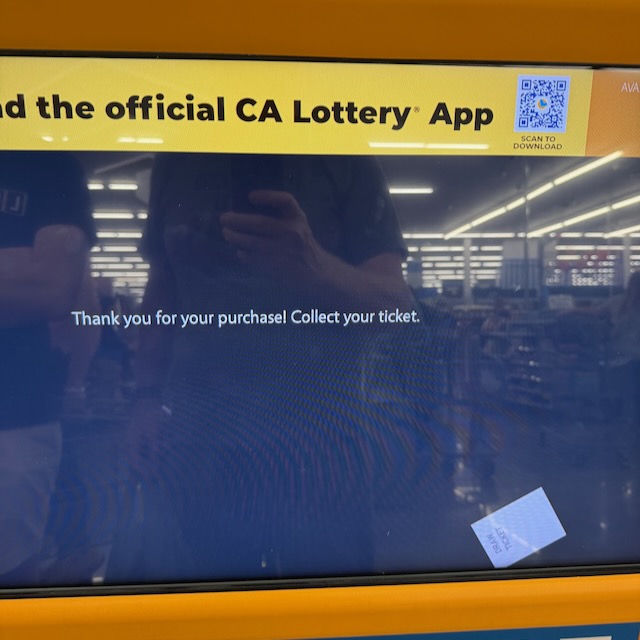What does the federal election result mean for local small business retailers in Australia?
Stability. Aussies like stability. I think that was a factor in how Aussies voted this federal election. The nuclear discussion was disruptive nationally. The shrinking of the public service was factor in the ACT and the, early in the campaign, call to end working from home signalled disruption in plenty of local retail settings.
Take the work from home topic. While it got some media traction, it is not play as a big news issue. However, in local shopping strips it was an issue. People working from home like it, they prefer it. Local retailers serving this more valuable local economic activity like it too. There is no doubt in our channel that there are newsagents who benefit today from folks working from home is ways they did not experience pre-Covid.
One of the most immediate topics we will see play out is the matter of payments (EFTPOS) fees and surcharges. The Reserve Bank considerations are well advanced. As recently as a month ago Assistant RBA Governor Brad Jones speaking in Sydney said the task of looking at surcharges was complicated by blended rates. Debit card users were subsidising credit cards.
“We are looking very hard at how we get wholesale costs down,” Jones said. “If we can get wholesale costs down, the need for merchants to surcharge diminishes.
“We cannot pull one lever here and not expect it to have consequences throughout the ecosystem, so we are really trying to think holistically to make sure the outcome we arrive at strikes the right balance.”
Small business retailers, including newsagents, are well represented in discussions about and lobbying in relation to the issue of surcharging and payments fees. The Independents Payment Forum is working hard on this for us. I know because I am a Director of newsXpress and newsXpress is a member of the forum and a financial support. Also representing our channel as a member of the IPF is ALNA.
ALNA and newsXpress are supporting the work of the Independent Payments Forum because they are on the side of local small retail businesses on this vital to us topic.
What politicians deliver for us in local retail depends in part on how well we put our case. This is why having a professional, structured and well-resourced approach on matters like surcharges matters. We can each back this national activity by making contact with our local new members of parliament, regardless of whether you voted for them. send them a note – a card from your shop would be ideal, especially if it is Australian made – congratulate them. Then, a month letter, send them another note gently noting what matters to you and your community.
Now is the time to establish a link with your local politician. Each local contact works to personalising the decisions they get to make.\back to the question at the start of this post. I hope the election result means a strong a stable economy that gives Aussies confidence to shop locally.
I have asked this question, What does the federal election result mean for local small business retailers in Australia?, rather than asking what it means for newsagents as the local retail cohort is more relevant I think than looking at a considerably smaller newsagent cohort.
Our focus, in our own local shops, has to be to create and support an engaging retail experience people love so much that they tell their friends, and to embrace ways to bring that experience to others regardless of where they live.












